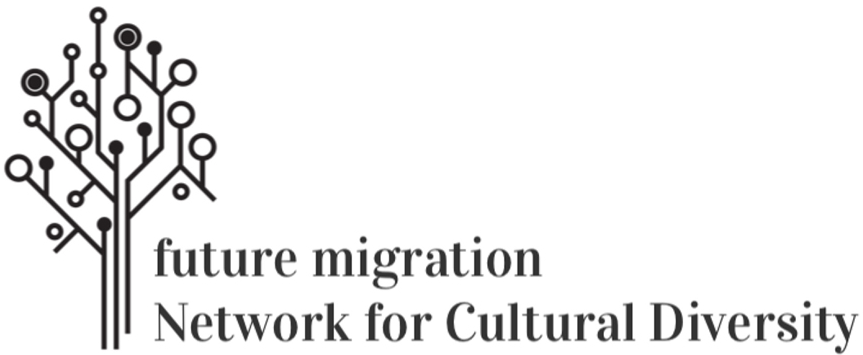If we are to explore the origins and nature of ‘crises’ such as ‘the refugee crisis’ (let alone solutions to them), we must not forget that viewing certain events as ‘critical’ already constitutes an act of sense-making. In ancient Greece, the term κρίσις described acts of decision-making in court and politics, but also, in medicine, that point in the development of a disease in which a decision was made that would determine the patient’s recovery (with a differentiation being made between ‘perfect crises’, leading to a full recovery, and ‘imperfect ones’, involving the risk of relapse). That ‘critical’ point involved two aspects: first, the patient’s objective state of health, and second, the physician’s diagnosis or decision in favour of a form of treatment (Koselleck 1997, 619). Our contemporary use is not so different: we, also, perceive phenomena we deem ‘critical’ material problems; but crucially, these phenomena will be accompanied by discursive processes styling them as ‘crises’ and calling up certain patterns of behaviour or ‘treatment’. In that sense, the term is applied “by way of self-diagnosis and self-reflexion” (my transl., Meyer et al. 2013, 12), and it carries an – often unrecognized – implied metaphoric concept of the collective-as-body: as the body of a sick patient is ‘in crisis’, so is the ‘body politic’, a metaphor we are more familiar with from early modernity than from present day politics. The conceptual blend behind this metaphor, we are a body, draws a clear line between self and other, naturalizing the difference between ‘us’ and ‘them’, while at the same time conveniently obscuring the grounds on which this difference is constructed.
To view phenomena as critical does not only carry metaphorical implications, it also prompts narrative ways of explanation: it configures them in such a way as to produce a certain type of story or model (‘emplotment’). As Ansgar Nünning explains:
[C]rises can be conceptualized as the results of narrative transformations by means of which an occurrence first of all becomes an event, then becomes a story and finally becomes a certain kind of story or a specific plot pattern, namely a crisis narrative. […] [L]abelling an event as a ‘crisis’ not only provides a specific definition of the respective situations, but also evokes certain narrative schemata, development patterns, and plots. On the one hand, these schemata interpret the events lying ahead in a specific way. On the other hand, describing a situation as a ‘crisis’ is also always a diagnosis from which certain therapeutic perspectives and action scenarios for future development can be derived. (Nünning 2009, 240, 243)
In that sense, the idea of a crisis arises from (1) an assessment of certain phenomena in the present, which (2) implies a certain vision for the future based on protocols or schemata of action that, one might add, (3) are derived from past experience (i.e., the present interpretation of past events and responses to them). As Meiner/Veel suggest:
Both the immediate chaotic experience of the catastrophic event and the calm and composed retrospective comprehension thereof draw on our collective reservoir of cultural forms and patterns of understanding. It is in this way that one can talk about catastrophes and crises having a cultural life […]. (Meiner/Veel 2012, 1)
Plainly, literary and cultural studies have much to contribute to the discourse of and on crisis. Literature does not merely represent discourse, it shapes it. Literary forms (including, but not limited to, ‘emplotments’) offer schemata for explaining and solving problems; and the schemata we employ for explaining and solving problems must be viewed in dialogue with those more narrowly ‘literary’ stories we tell. Students of literature then can help spot (and expose) mis-applied schemata as much as they can suggest (alternative, disregarded) schemata that offer better explanations or better visions for the future.
Author: Florian Kläger
References:
Koselleck, Reinhart. “Krise,” Geschichtliche Grundbegriffe, vol. 3, ed. id. and Rudolf Walther (Stuttgart: Klett-Cotta, 1997): 617–650.
Meiner, Carsten and Kristin Veel. “Introduction,” The Cultural Life of Catastrophes and Crises, ed. iid. (Berlin, Boston: de Gruyter, 2012): 1–12.
Meyer, Carla, Katja Patzel-Mattern, and Gerrit J. Schenk. “Krisengeschichte(n): ‚Krise‘ als Leitbegriff und Erzählmuster in kulturwissenschaftlicher Perspektive. Eine Einführung.” Krisengeschichte(n): ‚Krise‘ als Leitbegriff und Erzählmuster in kulturwissenschaftlicher Perspektive, ed. iid. (Stuttgart: Steiner, 2013): 9-23.
Nünning, Ansgar. “Steps Towards a Metaphorology (and Narratology) of Crises: On the Functions of Metaphors as Figurative Knowledge and Mininarrations,” REAL 25 (2009): 229–262.

